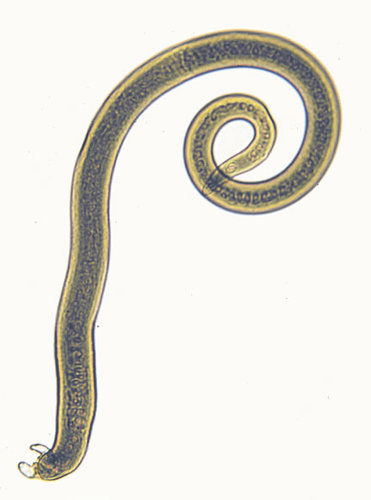Carrion Carrier
Member
Hi all,
I've been interested in doing a bear hunt the past few years, but have been really turned off by the prospect of contracting trichinosis. I know most people don't get really sick, but the idea of having roundworms eating my, and my families, muscles is a little too much for me to stomach (literally). I know that proper cooking can kill the worms and destroy their spores, but I have found it challenging to be sure a meat is truly at such a high proper temperature without way overcooking it.
According to the MT FWP (via Steven Rinella) the bears in my area are 100% trichinella positive by the age of 6. I know there's testing and you can "waste" the meat if it's positive. That said, I would feel really terrible putting all of the time and energy into killing/packing a bear to just dump it.
Do you guys send a tongue sample in for testing? Are there facts I'm missing? I really would like to hunt (and eat) a bear, but I'm nervous about it. Hoping to maybe get a different perspective from some of you bear hunters out there.
Thanks
CC
I've been interested in doing a bear hunt the past few years, but have been really turned off by the prospect of contracting trichinosis. I know most people don't get really sick, but the idea of having roundworms eating my, and my families, muscles is a little too much for me to stomach (literally). I know that proper cooking can kill the worms and destroy their spores, but I have found it challenging to be sure a meat is truly at such a high proper temperature without way overcooking it.
According to the MT FWP (via Steven Rinella) the bears in my area are 100% trichinella positive by the age of 6. I know there's testing and you can "waste" the meat if it's positive. That said, I would feel really terrible putting all of the time and energy into killing/packing a bear to just dump it.
Do you guys send a tongue sample in for testing? Are there facts I'm missing? I really would like to hunt (and eat) a bear, but I'm nervous about it. Hoping to maybe get a different perspective from some of you bear hunters out there.
Thanks
CC





